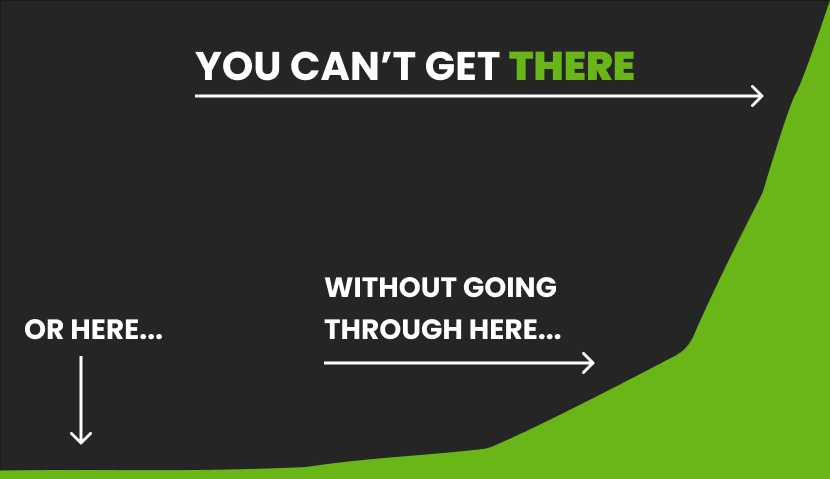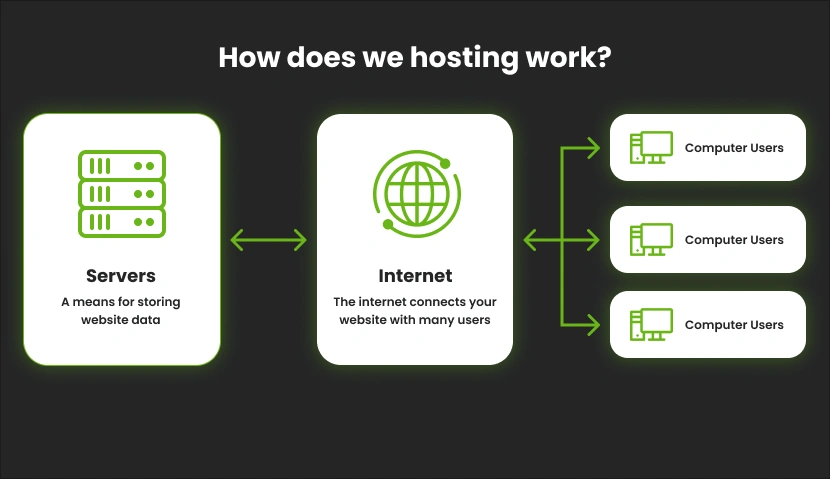«A tip. It’s where an already overused yet actual partnership approach comes to the scene. Technology and digital product development process is a bumpy road, no matter how cliched it sounds. Don’t take bigger risks than necessary. Stay safe and covered on the issues you are not sure about, be it the financial aspects, business analysis, product research, or crafting your code. As someone once said, ‘competition is the law of the jungle, but cooperation is the law of civilization’.»
Successful solutions start with great ideas, but it doesn't end there. Your product will have to go through quite a lengthy lifecycle, covering market research, product validation, proof of concept, product design, MVP development, product scaling, and final release. In our blog post, we cover all the nuances and procedures that await you in every product-oriented development stage. Yet, you don't have to go through them alone: Exoft is available to help.
A seemingly sudden march of the “digital product” concept into our everyday noisy and loud lives has stood out. Oversimplified but nonetheless true, the concept of a digital product is a killer idea born in hard coding labour ready to rock the market and, earning a return sooner rather than later. Just like that.
Where the product development starts
You will see a lot of information about how to create a product from scratch. And how challenging it is to move from a hypothetic concept to a working prototype and on to create a product which is validated by the market and wanted by the customers. It’s only fair. But if you have a great idea, and often no whale venture money as a back-up, it’s still worth making a hit on the world. The big question of “HOW” remains though.
Following the salvos of technologists debates on what it takes to get a digital product up and rolling, as the smoke cleared, and all of our work got analyzed, our team of tech evangelists and business insiders reached a truce. The steps how to develop a new product are laid bare below.
Market research and product design process is your big start. It’s all about relevance. Quantitative and qualitative market estimation is basic in helping you learn if there is a demand for your product and if (which is more about how many and which) existing solutions are likely to become your competition. You will come across a lot of discord and cacophony reverberated through the process, so this is a perfect place to visualize where you want to be with your unique concept before committing effort and spending money.
Product validation. As harsh as it sounds, not every idea, even the most ambitious one, is surely to become a successful digital product. According to CB Insights’ stats, over 1/3 of all startups fail because of bad product–market fit. New product idea validation safeguards the relevance of your product, business- or technology-wise, is its market value adequate enough to stand out of the competition. It’s the very stage when tech and business specialists go deep to evaluate your idea, your approach and evaluate the features it offers against the target market numbers and current trends.
Proof of Concept (PoC). That’s where the real fun starts. Technically
speaking, a proof of concept answers whether or not the targeted technology will fit its
purpose and if a business idea can be turned into a profitable venture. It’s a starting
point for discussions and offers clear visual points of reference.
The functional prototype of your solution proves (or not) if the UX research is positive and
technically feasible as well as desirable to users, investors and stakeholders. Your PoC should
yield the key insights on the viability of the product and gaps in terms of its technology, UI,
finance, infrastructure, etc.
Minimum Viable Product (MVP). Now it’s time to actually demonstrate how compelling your product is. In the context of digital solutions, MVP is the initial product version. Some argue it’s an extra investment. Yes. And no. Even with the word “minimum” here, it is still a viable aka real, though unpolished product. It allows you to launch the digital solution quickly with a smallest budget and collect the maximum proven consumer knowledge with the least effort.
«Food for thought. Some of today’s top businesses like Airbnb, Uber and Tesla created an MVP as a launch strategy first rather than rushing to code the next big thing.»

Go-to-Market (GTM) Strategy. Since we have become information-saturated,
the key word describing virtually every market has morphed from 'shifting' then
'challenging', to 'loaded' and now we are at the point of 'glutted'.
GTM is a microfabrication process jazzing the market up with your product to the right target
audience at the right time and with the right messaging. A well-crafted (stick to the word “professional”)
GTM plan details a unique value proposition mapped to business objectives, pricing details, marketing
and distribution channels - all to make sure your future customers are happy to pay for your
digital products, use it, and share the word about it.
«A side note. There is probably no right recipe for “brewing” the ideal GTM strategy, but as much as it’s been hyped around, the product-led growth (an inherently viral product as the lever to convert and retain customers) is the strategy that worked for titans like Netflix, Atlassian, and Slack.»
Scale the product and the business. Shape your product to keep it alive. It stands for growing your business by capitalizing upon every market opportunity through thoughtful, actionable, and effective addition of extra features, fixing bugs, polishing UI and focusing not only on the product (answering the who, what, and why of the product) but on the non-stop user feedback. Needless to say that the lion’s share of software success is user satisfaction - it’s your biggest asset and the best action plan. This can be a little frantic at times, even to the point of succumbing to the so-called Innovator Bias. But you have gone so far. So keep up with the tech trends, inspire your team to love and live the products and expose users to your new solution - they will definitely help your product to maintain its sparkle.
«Some stats. Startups that scale properly grow 20 times faster than those that scale prematurely.»
Now that we have covered the field where ideas, hopes, fears, and relationships mix it up with money, our tech-savvy guys who make sense of tech innovations for our clients, delineate what’s under the hood of the great product built from scratch.
Build user interface (UI). Your defined concept is nothing without engaging and user-friendly looks that literally solves the needs of the potential customers. From product research and ideation phase to user personas and their journey mapping to the actual UI design which adequately highlights the product’s and your brand’s message to interaction testing and further iterations with improvements.
Build the backend. It’s the very heart and backbone of your digital product. Your product life cycle is a complex system, so it has to function smoothly, scale seamlessly and allow you iterate fast. At this stage it’s safer (read: cheaper and more efficient) not to reinvent the wheel, but work with full-cycle product development professionals who are doing their job well rather than completing tasks: implementing architecture design from programming and scripting to database management and backup to automation testing frameworks to inbuilt cybersecurity and governance.
Create and host your server. Think where you should locate your product and all your data depending on your business needs. We speak control and flexibility here, which is no less important than the quality of the code itself. Even the most state-of-the-art app relies on server limitations, which can be mitigated with technology stack modernization services to optimize performance and scalability. Depending on the servers used you can opt for free or paid, shared, dedicated, cloud hosting, and virtual private server hosting. There are always choices and they are always laid in front of you during the product discovery phase.

Product release. Finally, your big day has arrived. Your groundbreaking digital product is there for the real world to appreciate it. Social media buzz, publishing it on the available platforms, promoting it via industry events, hackathons, etc. - make use of every opportunity to demonstrate how cool and valuable your upshot of the team's hard work is. Of course, it’s far too soon to relax - stay vigilant, alert, and aware of what is happening to it and get a clear vision through the eyes of your users.
Final thoughts
You are likely to be well-aware of the benefits of product-oriented development. What we
believe is important - working with an experienced digital product development agency will
save you the ordeal of unnecessary delays, overspending, miscommunication and poor quality.
With our expedited product launch services, our customers gained market niche, saved on
costs, decreased time to market, and got better chances for funding - that is all by
building real-life projects that turned into big products.
You don’t have to take our word for it, see for yourself
here.
